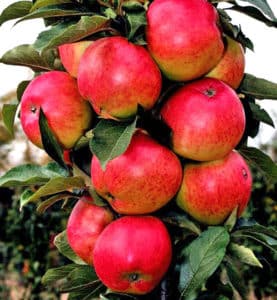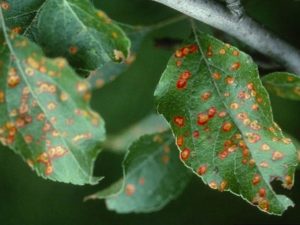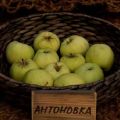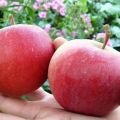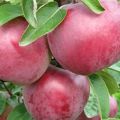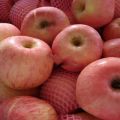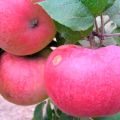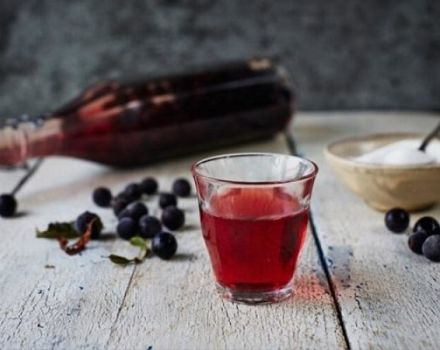Description and characteristics of the Gornist apple tree, planting, growing and care
In middle latitudes, tangerine and pomegranate trees do not take root, but apple trees grow in any courtyard of a private house and in a summer cottage. In order for apples to ripen every year, you need to choose the right varieties, which is not so easy to do because of their abundance. Brown striped took part in the breeding of the Hornist apple tree, which transmitted frost resistance. The variety, created at the Sverdlovsk gardening station, is adapted to the cold and damp climate, but bears excellent fruit in different regions of Russia.
Description and characteristics of the bugle apple tree
A hybrid pollinated with Ural varieties is not only not inferior to them in winter hardiness, but also has immunity to fungal infection.
Dimensions of an adult tree
The apple tree grows 8 m in height, has a pyramidal crown, which over time becomes wider and takes on the shape of a ball. The reddish branches that first stretch upward gradually spread apart.
The frequency of fruiting
The variety pleases with the first apples only in the 8th year, but on the grafted apple, the ovary is formed already in the fourth. The tree lives for almost half a century, presents fruits literally every year. The fruits are different:
- granular structure;
- juicy pulp;
- pleasant aroma.
The oblong apples are covered with a smooth red skin, decorated with veins, weighing about 100 g.The fruits are harvested in August, and even in a damp and cold summer, they have time to ripen, have a sweet taste, but are stored for no more than 3 weeks.
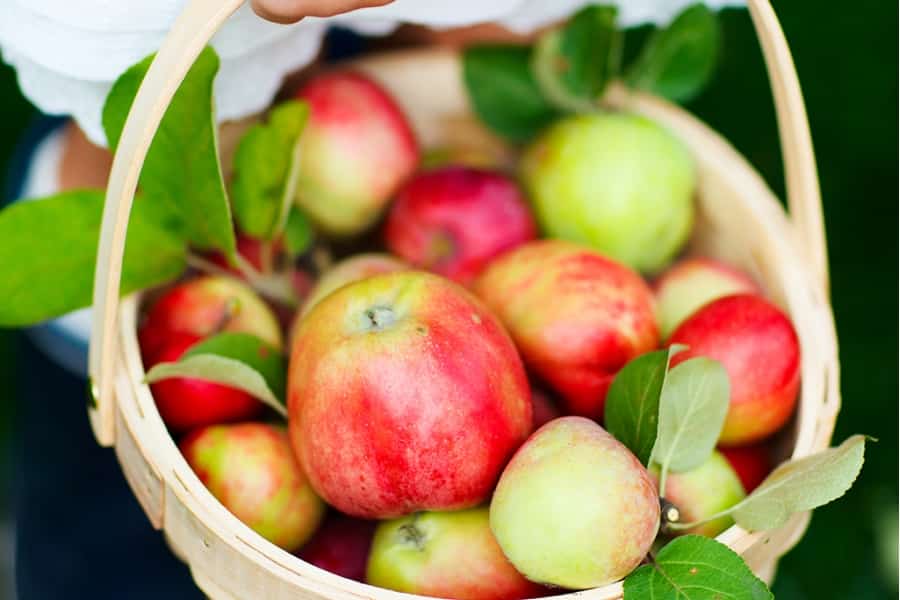
Yield
If the Gornist variety is grown on fertile soil, the crown is formed correctly, the apple tree will delight with a large amount of fruit annually. 8-9 buckets of beautiful apples are picked from one tree. The variety is unpretentious to care for, but requires planting with a number of summer pollinators.
Tasting assessment
The fruit of the Hornist apple tree is rich in sugar, pectin, minerals, but there is very little vitamin C in them. Although the apples are juicy and sweet, due to the rough pulp, the taste of the variety was rated not 5 points, but 4.4.
Winter hardiness
The apple tree can withstand temperatures below -30 ° C, normally tolerate spring frosts, and if it freezes, it quickly recovers. Only seedlings insulate for the winter.
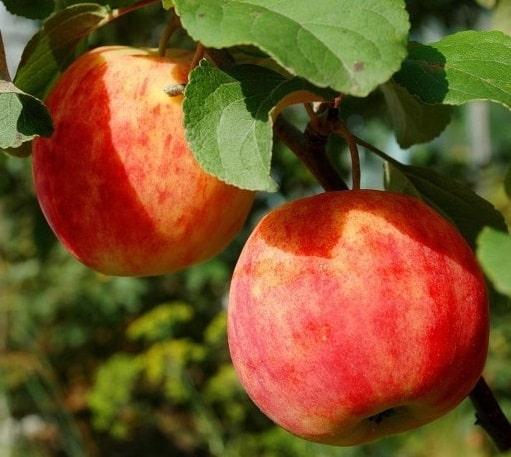
Disease resistance
The hybrid inherited immunity to bacterial and viral infections from close relatives.Unlike other popular varieties, the Hornist apple tree is practically not affected:
- scab;
- fruit rot;
- powdery mildew.
Simple preventive measures help to avoid the development of cytosporosis and the appearance of rust. Due to the immunity to fungal infection, crop losses can be avoided even in adverse weather.
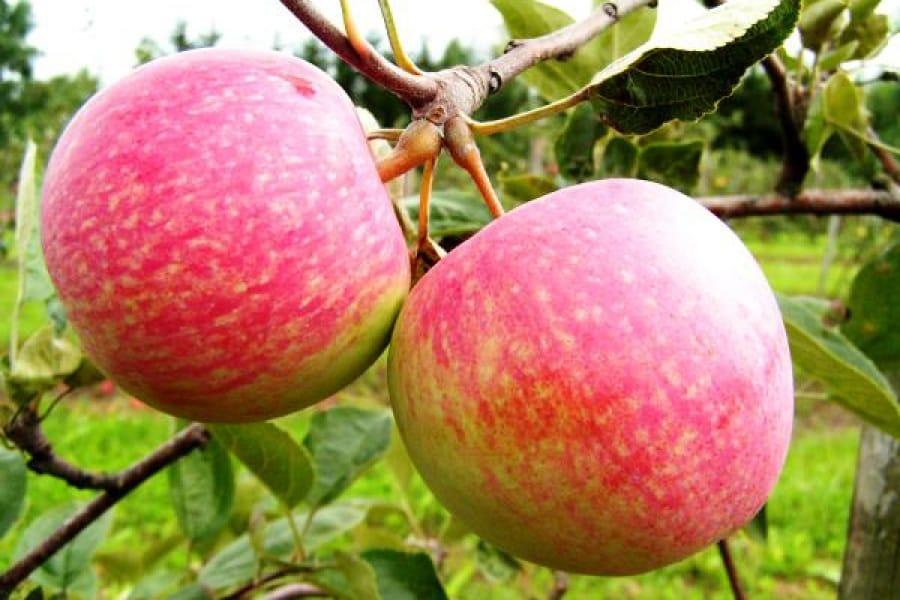
Advantages and disadvantages of the variety
The advantage of the Hornist apple tree is the absence of interruptions in fruiting, apples are harvested in large quantities every year. The undoubted advantages of the variety include:
- resistance to low temperatures;
- the presence of immunity to disease;
- unpretentious care;
- early ripening of apples.
The bugle apple tree also has disadvantages. The tree needs pollinators as the variety is not self-fertile. The crop is stored for less than 3 weeks, but has a universal purpose.
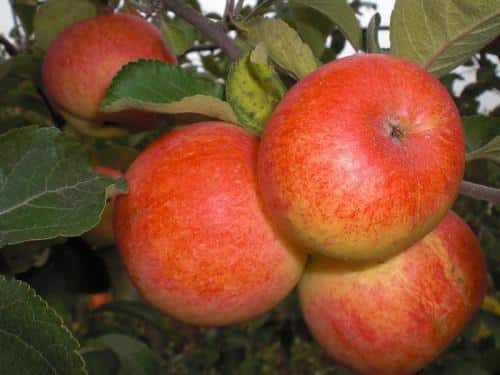
How to choose seedlings?
In centers and nurseries that grow fruit crops, apple trees are sold a year or two. Such trees take root without problems. You need to choose a seedling with a smooth trunk and fresh buds without cracks or dents. There should be no stains on the branches either. In a healthy and strong apple tree, the root is at least 40 cm long.
Landing rules
For the tree to develop normally, you need to choose a growing place where there is enough light, fertile soil, and water does not come to the surface itself.

Landing dates
To remove dead parts, the roots of the apple tree are soaked by adding phytohormone to the solution. Until the first frosts came, but the leaves managed to fly around, young trees are planted. By the spring, they will get stronger and start growing. You can graft the bugle hybrid to a different apple variety using the budding method.
Seat selection
The fruit culture adores the sun, does not tolerate acidic and rocky soil, and grows strongly. To plant a tree, the site must be spacious and well lit.
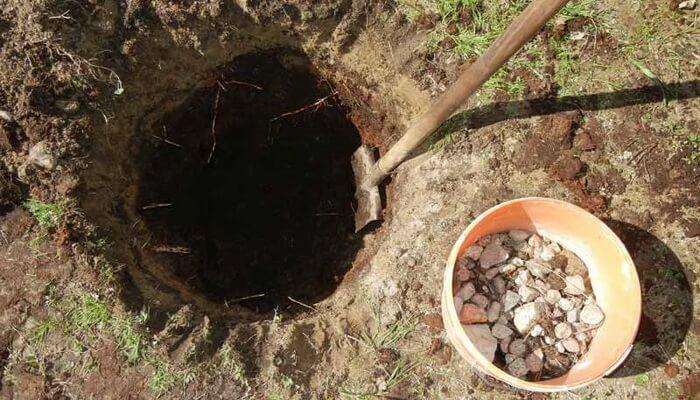
Pit preparation
When the water is closer than 1.5 m from the ground, the roots of the apple tree will gradually rot. If there is no other place for planting, first a small mound is poured, a drainage layer is made of crushed brick or expanded clay. A pit is dug about 60 cm deep and at least a meter in diameter, 2 buckets of compost or rotted humus, wood ash and superphosphate are poured onto the bottom.
Distance between seedlings
The tall apple trees are placed every 5 meters, as they grow and shade each other.
Planting process
A hole for a tree is dug in advance so that the earth has time to settle before autumn. The nutrient mixture does not fill it all, but half.

Before the onset of frost:
- A wooden peg is installed.
- Spread the top layer of soil in one direction, in the other - the bottom.
- The seedling is placed in the hole.
- The root collar is left above the ground, facing south.
- The apple tree is tied to a support.
- Cover with soil, which is tamped a little.
The tree is watered abundantly, covered with mulch. The plant will develop normally only if the neck is not buried. Otherwise, the apple tree may die.
Care features
In order for the Hornist to delight with the harvest, as well as for any fruit crop, the tree must be looked after - feed it, cut it, remove dried branches, and fight parasites.
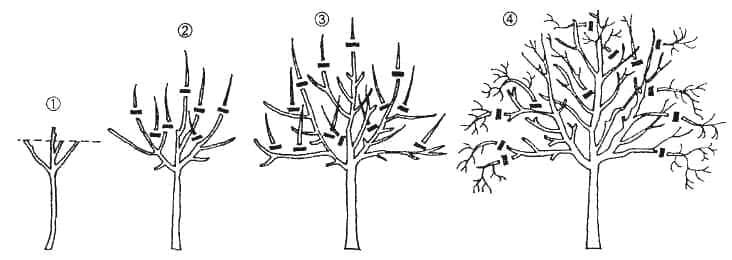
Crown formation
When the seedlings are just beginning to develop, they get rid of shoots growing inward or at an angle to the trunk, as well as weak and twisted ones. When forming the crown, at least 60 cm is left between the branches of the first two tiers, the third - about 40.
The slope of the shoots from the trunk should be within 45 °. Sanitary pruning is done every year, adjusting as needed.
Watering
During the absence of rain, apple trees need irrigation; in regions with a damp and cool climate, additional moisture is not necessary.
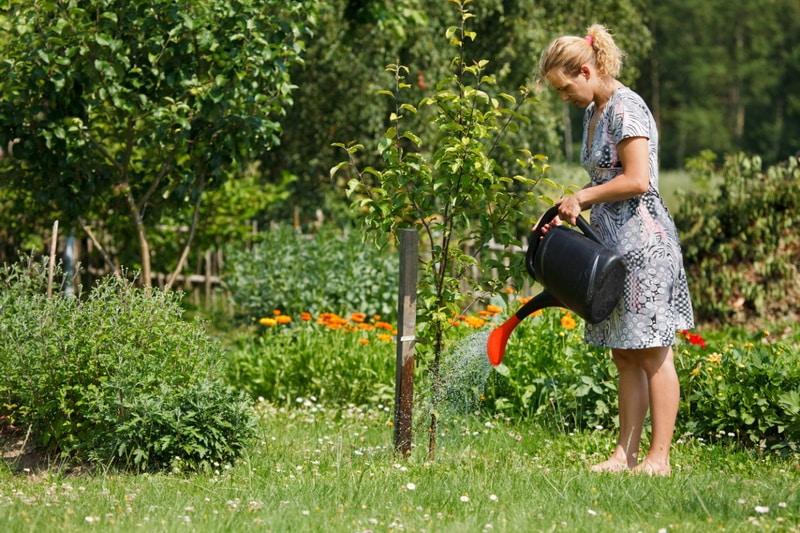
If the weather is dry, the trees are watered when buds appear, an ovary is formed, before the fruits ripen and in the fall before wintering.
Top dressing
Apple trees are fertilized in the second year after planting. Mineral complexes are introduced in which nitrogen, phosphorus, potassium are present, or organic matter is used. Foliar dressing is carried out with a carbamide solution.
Diseases and pests
The bugle apple tree is rarely affected by fungi. To prevent bacterial and viral infections, trees are sprayed with Bordeaux liquid and urea. Attracts the plant:
- weevils;
- aphids;
- sawfly;
- leaflet.

To cope with harmful insects, traps and special belts are installed. Apple trees are sprayed with insecticides several times per season.
Pollinator varieties
The buggy hybrid is not self-fertile. In order to harvest good yields, summer varieties of apple trees are planted next to it, which bloom at the same time and produce high-quality pollen every year.
Features of growing in other regions
The Gornist variety takes root and pleases with the apple harvest in different areas. Planting and caring for a tree in the middle lane and in the north is not very different, but there are some nuances.

In Siberia
The variety was created specifically for cool climates, where the weather is damp in summer and severe frosts in winter. If you take care of the apple tree, you can harvest a good harvest in Siberia. Having planted a tree, you must:
- form a crown;
- apply fertilizer;
- to carry out disease prevention;
- fight rodents and insects.
For the winter, the apple tree will have to be covered. Although it tolerates 30–33 ° С, in Siberia the temperature often drops even lower.
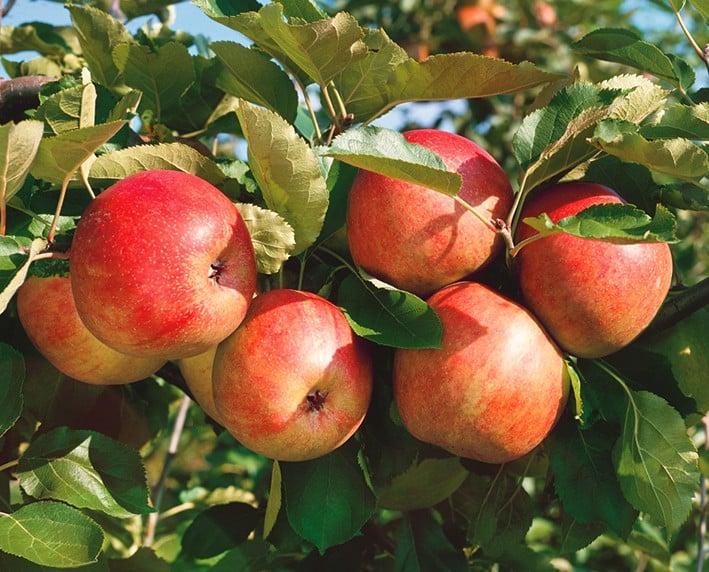
In the Urals
The variety, bred at the Sverdlovsk gardening station, grows in the Chelyabinsk, Perm and Yekaterinburg regions, as it is adapted to the climate of the Urals. Caring for an apple tree, as in other regions, involves crown formation, regular pruning and feeding. In order for air to penetrate to the roots, the ground under the tree must be constantly loosened, the soil in this area is rocky and dense.
Harvesting and storage
Summer apples begin to pick in the third decade of August. Unfortunately, they quickly deteriorate, do not lie for more than 3 weeks, even in a cool place. The fruits of the apple tree are closed in jars, used for preparing juice, jams, preserves, marmalade.
